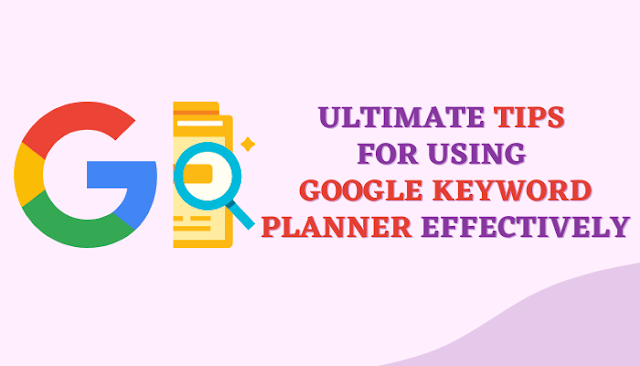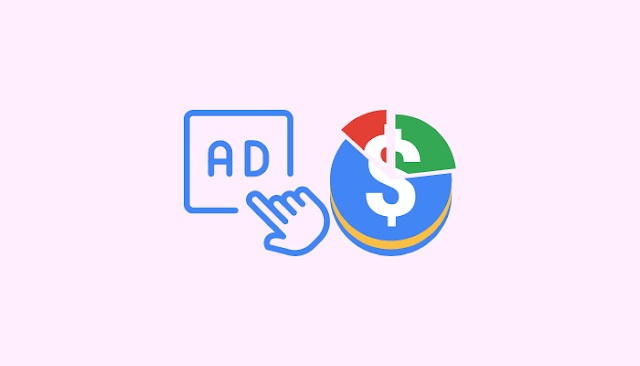Mobile shopping is a popular choice for many
shoppers because it's easy, fast, and convenient. Mobile shoppers are often not
provided with an enhanced shopping experience by eCommerce sellers. It is not
enough to convert your website into a responsive mobile website.
These are some design tips that will enhance the UX
experience for customers shopping from their mobile devices.
1: Make it easier for customers to
buy
The average time spent browsing eCommerce websites
from mobile devices is only four minutes. You only have a few seconds to
convince your site visitors to make positive purchasing decisions.
Your site design should be simple and convey all
information to your visitors. It is important to clearly outline the customer's
buying journey, including the steps required to get them from product selection
to payment.
You have only four minutes to complete the whole
process. You cannot afford to be distracted by the customer.
Premature upselling is a common mistake to avoid
Many eCommerce shops make this mistake. Online
retailers often try to sell more products to customers before they have made
their initial purchase. This is why it doesn't work.
- This is a way to overload the customer with
unnecessary information and make additional purchases before the customer
has made the purchase. This increases the chance of the customer
abandoning their cart.
- It is easier to upsell customers who have
already bought from your brand.
Your Woocommerce experts can design your site so
that upselling occurs after the purchase. After a customer has made the
payment, you can show a list of similar products that he/she might be
interested in.
2 - Focus on the Design and Use of
the Search Feature
Unfortunately, the search box is often overlooked
in customer conversion efforts. Site visitors can find the product they want
quickly without having to navigate through many categories.
Here are some factors to keep in mind when
discussing search.
- Is there an auto-complete function on your
search button?
- Are you able to include product reviews in
your search results?
- Do you prefer a search bar, tab, or magnifying
glass icon?
- Do you prefer the search bar to be at the top
or bottom of the screen?
- Is filtered search more beneficial for
customers? Let's suppose you have a large online shop with lots of
inventory. Customers can quickly find what they want by adding filters to
their search. You can create filters that allow customers to search by
price ranges or product type.
With the help of Magento2 experts, you can find the
answers to these questions and provide enhanced search experiences for your
customers on your mobile eCommerce website.
3 - Improve Site Loading Speeds
Mobile shopping is popular because it's convenient,
quick, and easy to do so while on the move. Your customer won't wait for your
website to load if it takes too long.
According to Google, 53% of mobile users will
abandon a website if it takes longer than 3 seconds for a page to load. Google
states that even though most users are now using 4G, page loading times can
still be slow and many mobile sites are heavy.
Mobile eCommerce websites are notorious for their
slow loading times. This is because bounce rates will be lower if your pages
load quickly. These are some tips to speed up page loading.
- The PageSpeedInsights API helps you to measure
the performance and quality of your website by pulling real-time data
directly from different sources. It will also give you suggestions for
improving the performance of your website.
- Redirects should be reduced - A higher number
of redirects will result in a slower page loading time. Online tools can
help you analyze the redirects on your mobile website and determine how to
reduce them.
- Google's Lean Pages Strategy - Simply
compressing images and text can significantly increase page load speeds.
4 - Be mindful of the Thumb Zone
One study shows that 49% hold their phones in one
hand and 75% only use their thumbs to perform the major functions. Based on
thumb movement, the screen of a mobile phone can be divided into natural,
stretching, and hard-to-reach zones.
Your eCommerce website designer should ensure that
the essential parts and scrollable sections of your mobile site are placed in
areas that are within your thumb's reach. You can also place other less-used
elements in the design on difficult-to-reach areas.
You should also avoid making tiny clickable links
that people find annoying. Tiny clickable hyperlinks have a lot of potential to
cause wrong actions and frustrate users. Your design elements can be made into
larger boxes that cannot go wrong.
5 - Follow the Three-Tap Rule
This simple rule can make a huge difference in your
eCommerce site's conversions. The simpler the UX is, the better the
conversions.
The three-tap rule, which is a simple rule that
states that customers should only tap three times to reach their desired
products from the moment they land on the home page, is the three-tap rule.
This is a typical customer journey.
- The user arrives at the homepage and taps the
first button to select the product category.
- Next, select the sub-category.
- The user is taken to the product page by the
final tap.
The customer should be able, from the product page
to the final checkout page.
6: Don’t Rely On Pinch Zooming
Although pinch-zooming was popular a few years
back, it has become an outdated design style. Mobile eCommerce website design
is all about proportions. Your mobile site design should be proportional to
your screen. Fonts and images must be clearly displayed without the user having
to pinch the screen in order to zoom in.
Although product images are the most important part
of an eCommerce website, descriptions also play an important role.
These are some typography tips that will optimize your
user's reading experience.
- Use fonts that are too small for you to read.
- Avoid using large letters on the page. It is
best to have between 30 and 40 characters per line for better readability.
- You should ensure that the font color chosen
contrasts well with the background color.
7: Don't Forget To Optimize Your
Shopping Cart
Ecommerce site owners tend to focus too much on
landing pages and product pages. This leads them to overlook a critical aspect
of the conversion funnel, the shopping cart. These are some tips to optimize
your shopping basket design.
- Send a notification instead of asking for
confirmation - Instead, ask your customers if they would like to add a
product or not to the cart.
- Avoid lengthy checkout pages. Limit the amount
of information that you collect from customers and only ask for the most
important details.
- Customers should be able to check out without
having to create a user account. Customers should be able to check out as
guests if they wish.
- Check that your shopping cart includes all
information about the products, such as size, quantity, and price. - This
allows the customer to continue the process without having to return to
the product page.
- If discount codes have been enabled, ensure
that the field is easily accessible and not required for customers to
search.
The UX should be simplified
Don't worry if you don't possess the technical
skills or the time to follow the suggestions. To help you build your eCommerce
Services store, you can select the best SEO
service or mobile eCommerce website designer to assist with the above-mentioned
guidelines.
Remember that your online store's ultimate goal is
to make customers feel comfortable and help them complete their buying journey.
This will convert them into repeat customers.



















